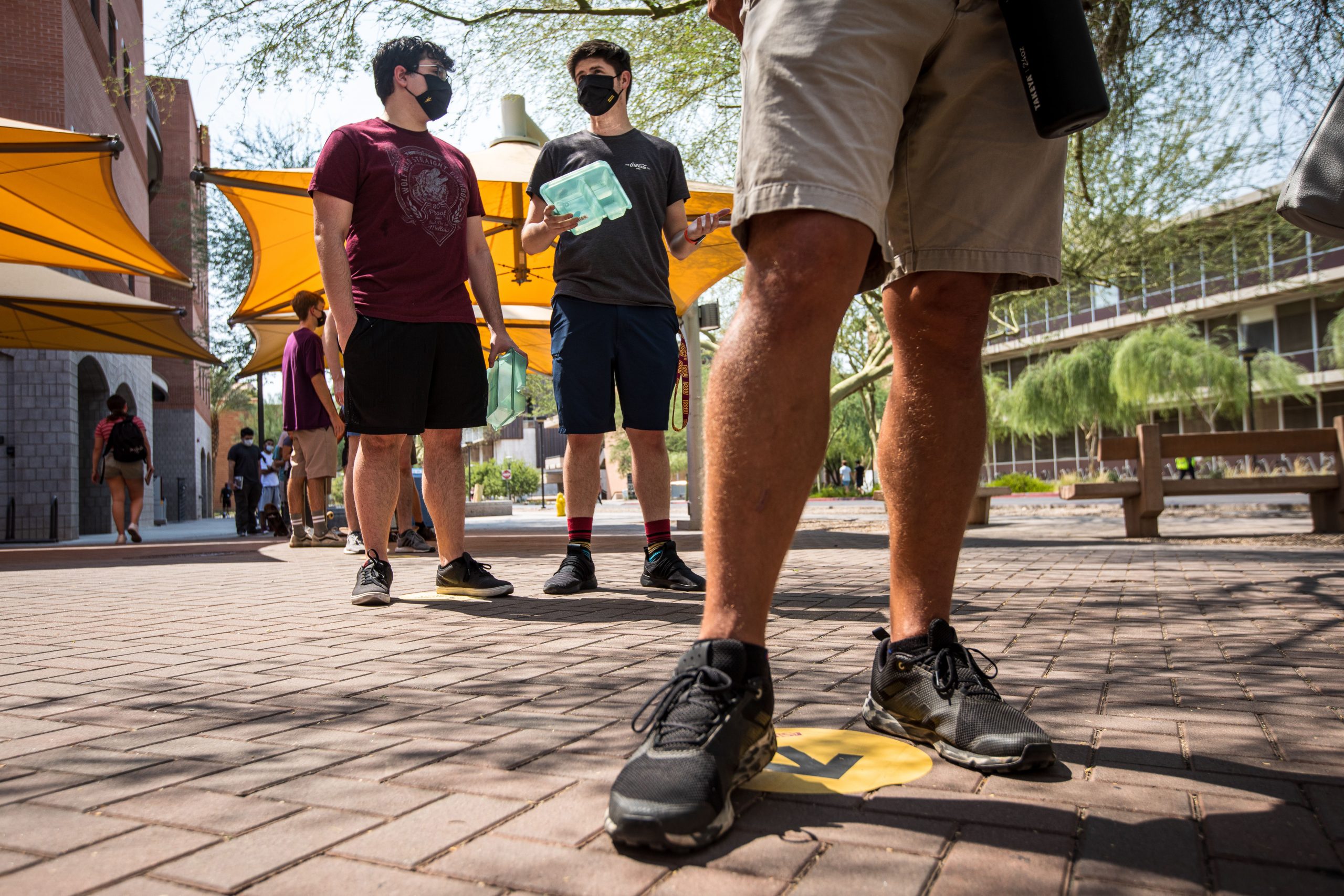COVID-19 has completely altered life and the economy as we know it. Educational institutions like Arizona State University have been one of the many industries heavily impacted financially. ASU, which has a total enrollment of almost 72,000 students, has dished out millions of dollars related to the pandemic.
ASU has received $63.5 million in CARES Act funds, which is fast and direct economic support for American businesses. The university has one year to distribute this money to help students. The school will wait to spend the relief money and won’t send checks to students quite yet, according to AZCentral.com.
One of the most costly effects of the pandemic on the university was switching to all remote-learning. ASU spent $7.2 million in the fiscal year 2020 to install and support ASU Sync, which is live lectures via Zoom. The school plans to spend another $7.3 million in the fiscal year 2021 on more remote learning-related expenses.
“Moving to fully-interactive remote learning and student services didn’t save money,” says assistant vice president of media relations at ASU, Chris Fiscus “our expenses increased. Virtually every aspect of the university was modified in order to keep disruptions to learning at a minimum.”
Why is the installation and support for ASU Sync so expensive? The school needed to install all the necessary equipment in 800 classrooms, laptops, hot spots, and other appliances. The university also needed to hire more technical support staff to assist with Sync, the ASU daily health check app, and other COVID-19 related IT needs.
“I’m glad that the school has taken all necessary precautions to make remote learning possible,” said an ASU junior business student, Kayla Nelson “I never realized how much time and money went into the transition to ASU Sync but I’m grateful for it.”
On top of all this, the school spent more than $20 million in university housing refunds and credits. In April, the school offered $1,500 in non-refundable credit to those who still lived in campus halls and residences to move off-campus.
According to Fiscus, the school has spent more than $700,000 for increased cleaning, $1 million in personal protective equipment such as masks, and $130,000 in plexiglass, signage, and many other elements to help address health and safety on campus.
After all the necessary equipment and precautions were installed ASU was ready to welcome students back on campus. They even created a promotional video showing new ways of life on campus. But this too came at an expense, the school worked with Ogilvy, an advertising company in New York, to produce three different lengths of the video. This process cost over $200,000.
On a brighter side, ASU has raised $290 million this year from donors. The school used this money for emergency crisis funding for those students who lost their jobs. Many of these people received this funding in the forms of gift cards to essential places such as grocery stores and pharmacies.
As of Monday, ASU has had over 2,420 students and over 88 faculty and staff members test positive for COVID-19. The school continues to take the necessary steps to ensure the health and safety of those on campus, no matter what the cost may be.
“Despite COVID-19 cases on campus increasing, I have and always will feel safe on campus,” said ASU business sustainability major, Lee Bertola “the school has done a great job with taking more than enough safety precautions, in my opinion.”




